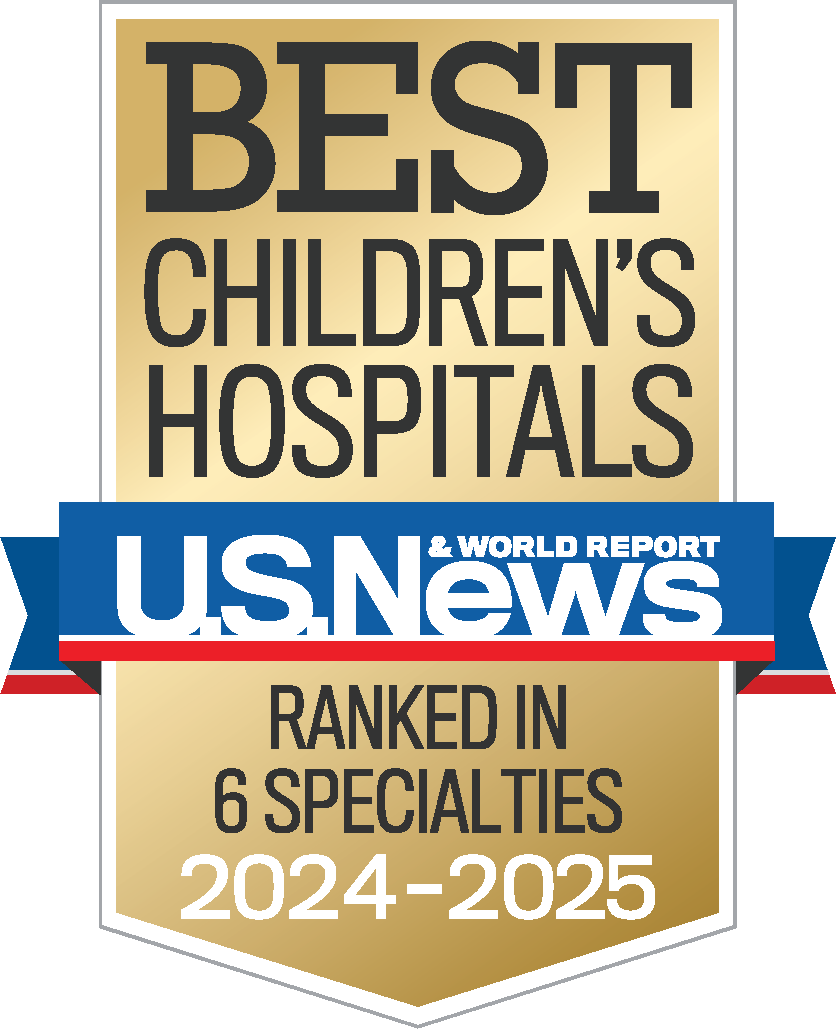Children With Special Needs
Transporting Children With Special Health Care Needs
Often, a conventional child restraint will meet the needs of a child with special physical and/or developmental needs. Sometimes, a specially designed or adapted restraint is necessary when conventional child restraints fail to meet all of the child's needs. Such systems have been dynamically tested to ensure that they will provide adequate protection.
The approach and criteria for choosing the "best special needs restraint" is same as with any child and determination of the need for and type of CRD should be made by health care professionals. Special needs restraints generally are more expensive and may be more difficult to access and use.
Breathing difficulties that some low birth weight and/or premature infants have while in semi reclined child restraints is the most common special transportation needs condition. Premature infants should be observed in a child restraint before discharge from the hospital to see if the semi-reclined position adds to or causes possible breathing problems. If recommended by a pediatrician, a crash-tested car bed may be used for a short period so that the baby can lie flat. Whenever possible, a premature infant should ride where an adult can watch his or her breathing.
Special transportation needs restraints may also be needed for:
- Children with orthopedic conditions requiring casts,
- Children with poor trunk or head control due to conditions like cerebral palsy, or]
- Children with behavior problems.
For additional information about the transportation of children with special physical and/or developmental needs, refer to the Automotive Safety Program, Riley Hospital for Children.





